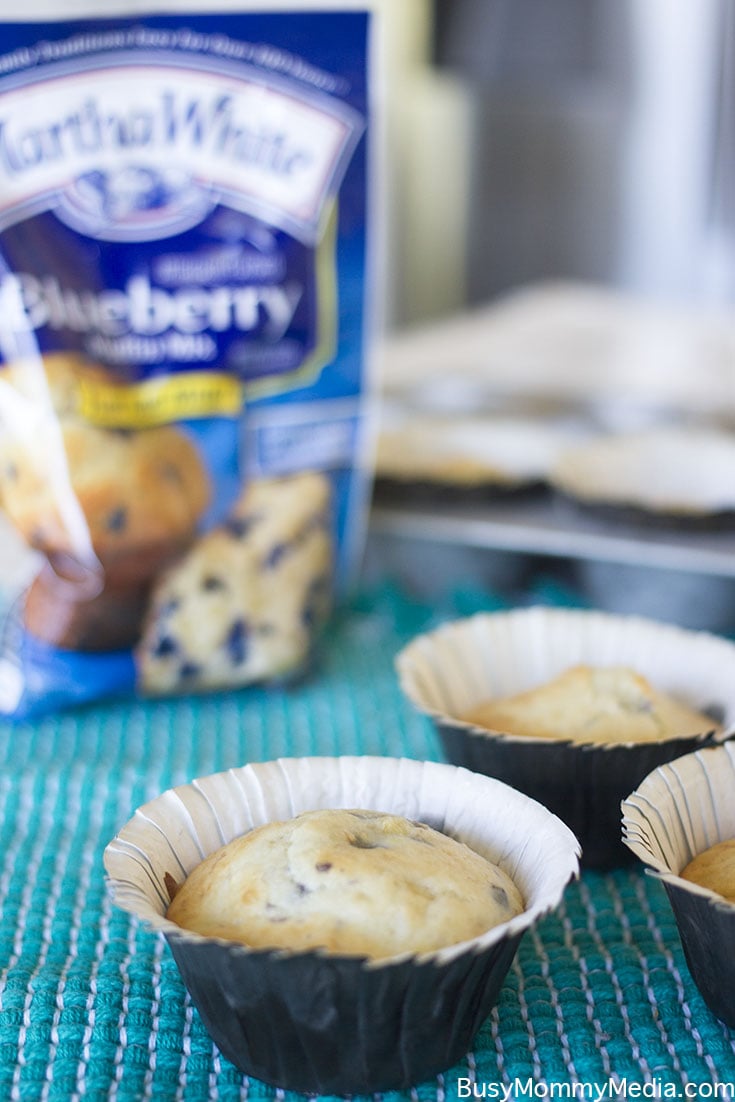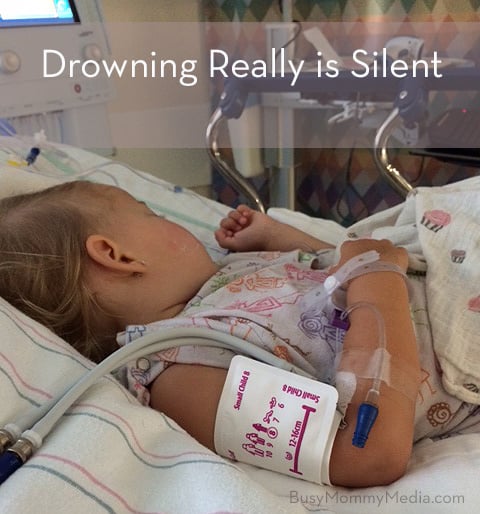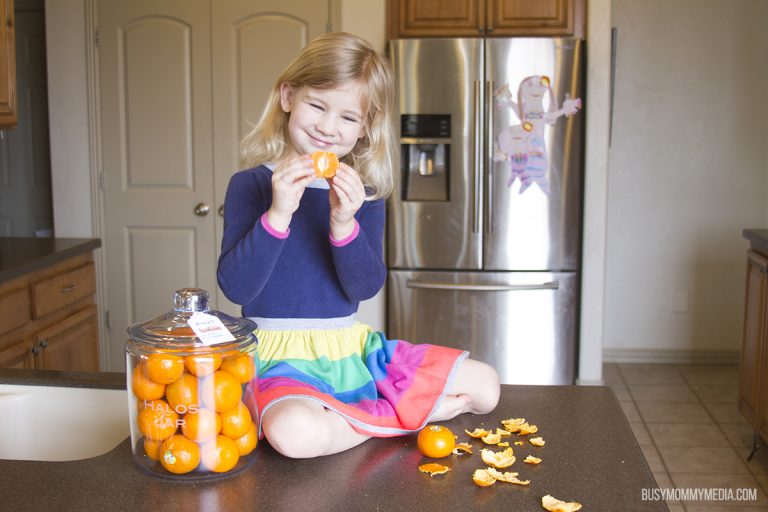6 Simple Steps to Make your Own Face Paints
 When you saw the title of this post, was your first question, “Why the heck should I bother making my own face paints?”
When you saw the title of this post, was your first question, “Why the heck should I bother making my own face paints?”
Well, here’s the answer.
Last year the Campaign for Safe Cosmetics tested 10 commercially available face paints.
All ten tested positive for lead. Lead, as you probably know, is a neurotoxin for which there is no known safe level when it comes to kids.
Some of the paints also contained nickel, cobalt and chromium, which can cause lifelong skin sensitization and contact dermatitis.
We know for a fact that there are face paints on the market that don’t have these chemicals (see the end of this post). But since it’s easy and fun, why not whip up a batch of your own?
Here’s the thing. Making face paints, we’ve discovered over the course of several years doing it, is not an exact science. Experimentation is part of the process. So we’ll give you the basics, then you take it from there.
What you Need:
Some type of thick lotion or cream–diaper cream, hand or body lotion–choose organic ingredients when you can.
Natural food color–Conventional food colors usually contain dyes that have been proven to cause problems in some kids. Many of these dyes have been banned in Europe, but not yet in the U.S.
Cornstarch
A small bowl and spoon
How to:
1. Begin by putting about a tablespoon of the cream/lotion in the bowl.
2. Add a few drops of natural food color or try colorful spices like tumeric or for green, spirulina, or the juice of mashed and strained veggies like blueberries or beets. (Patch test to be sure there are no allergies.)
3. Mix vigorously. Add more color if necessary.
4. Add in approximately double the amount of cornstarch to cream/lotion. For example 4 tablespoons of cornstarch to 2 tablespoons of cream.
5. Back to vigorous mixing.
6. Add more color and/or more cornstarch until you’ve reached an ideal color/consistency.
Tah dah! That’s it.
What we learned the hard way:
1. The final consistency should be creamy, not runny, but not too stiff either. (See, we told you this is an experiment.)
2. You can add water if the paint is too stiff or hard to spread, but be aware, that if the cream you use contains some type of oil, you will likely end up with a marbled effect which, depending on what you’re going for may be terrific or a fatal flaw.
3. Don’t leave out the cornstarch. It’s what keeps the skin from absorbing the cream or lotion (and the dye). (We know, we forgot it once.)
4. We admit that these paints may more difficult to work with than what you can buy. It’s challenging to create an intricate design (at least for us). But interestingly, kids are fascinated by the paint making process and likely won’t mind giving up a elaborate design if you set expectations at the start.
5. Using cosmetic brushes, sponges, etc. helps the application.
If, despite our spot-on directions and your enthusiastic efforts, your resulting face paints don’t offer the results you are looking for, we recommend two commercial face paint kits that contain no chemicals.
This set from TerraFirma Cosmetics is great .
- Goes on like a face paint, sets to a pliable layer of color that is greaseless
- Removes with soap and water
- Stain resistant
Or Luna Organics Pixie Magic Face Makeup available from EcoMom. The colors are made of organic, hypoallergenic materials. The powder is easy to apply and most important, easy to remove! All products come off with a moist tissue.
Please remember that whether you’re making face paints at home or buying, you should test the paint on your child’s skin. Even natural, derived-from-plants and organic, can cause reactions in certain people.
Lynn Colwell and Corey Colwell-Lipson are mother and daughter and authors of Celebrate Green! Creating Eco-Savvy Holidays, Celebrations and Traditions for the Whole Family, and founders of Green Halloween®.
Blog Your Way to BlogHer
This post is an entry to the Blog Your Way to BlogHer Contest. Busy Mommy Media is giving away 1 ticket to BlogHer 2011 in San Diego! Visit the contest page for details on entering.







